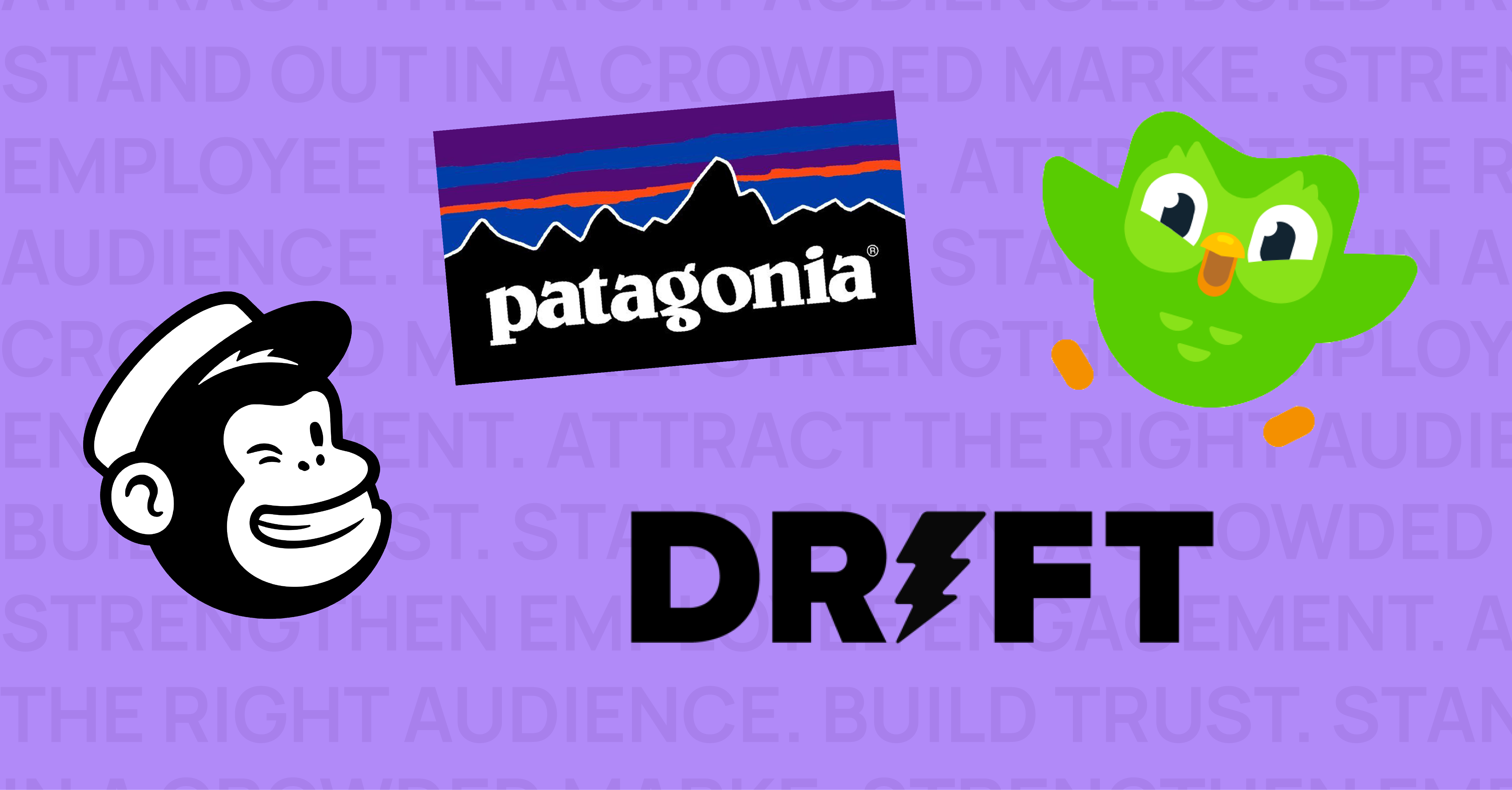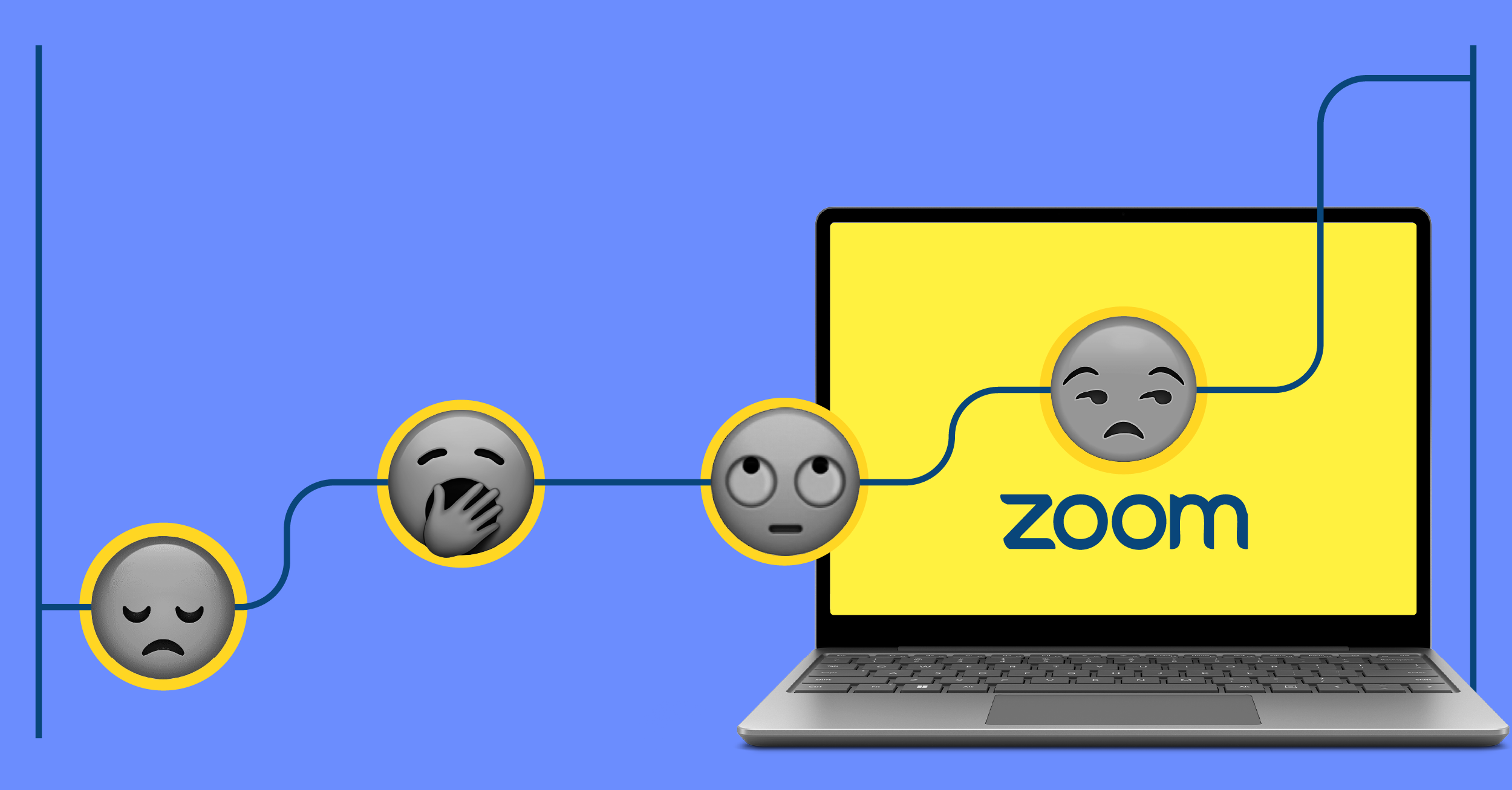When thinking of direct mail, you may think of the magazines, postcards, and promotional letters that end up in the round file. While some pieces of direct mail are destined for the trash, the marketing channel is far from irrelevant.
Direct mail is making a comeback, and for good reason.
In the Internet age, digital marketing—emails and online ads—have been the preferred vehicle for marketing communications. It’s less expensive, and nearly everyone is online, just about nonstop. While it seems like a no brainer to utilize digital marketing, the problem is that your competitors are using it, too. As a result, it has become increasingly challenging to stand out from the cluttered webpages and crowded inboxes.
A quick look at the numbers behind the phenomenon:
- The average person receives 88 emails per day
- 78% of consumers have unsubscribed from emails because a brand was sending too many
- 33% of internet users find display ads completely intolerable
The average click through rate of display ads across all formats and placements is 0.06%
Unlike digital marketing, which has steadily increased in popularity, direct mail has been on a decline for the past 10 years. Mail volumes have been declining 1% YOY since 2005. With less mail being sent, it’s becoming a novelty for many businesses. Four out of 10 Americans look forward to checking the mail each day.
The cause for the decline and argument against mail is the expense associated with printing and mailing. Direct mail is a higher-cost marketing tactic, but it also can have a higher impact. The average response rate for direct mail is 3.7%, and the numbers increase when the customer has more exposure to a brand.
Given the response rate, the ROI of direct mail makes a valid argument. But to stand out, make an impact, and lead to conversions, it must be done right. When using direct mail, follow four key points:
- Concentrate: Hone your message to the right audience.
Consumers are only going to be engaged with a product or service that has clear benefits for them or their organization. - Activate: Communicate a clear call to action.
For a direct mail to make an impact, there has to be a reason and simple way to respond. To truly activate prospects, it may require you to test multiple communications with different calls to action. - Captivate: Design matters.
It is not only about the content, but the way the content is presented. The layout, imagery, and mail design play an important part in communicating the company’s messaging and call to action. - Integrate: Don’t count on just one marketing channel.
The best approach to communicating your message is to add mail to an array of integrated marketing tactics. Following a direct mail piece, send an email, post across social media, reach out directly and consider other marketing channels. Consumers may choose the method they feel most comfortable with to connect with your brand.
Direct mail is far from dead. In today’s crowded digital landscape, it has the potential to drive new business and engage current customers.
But like any marketing tactic, to avoid the trash, it needs to be done well.



